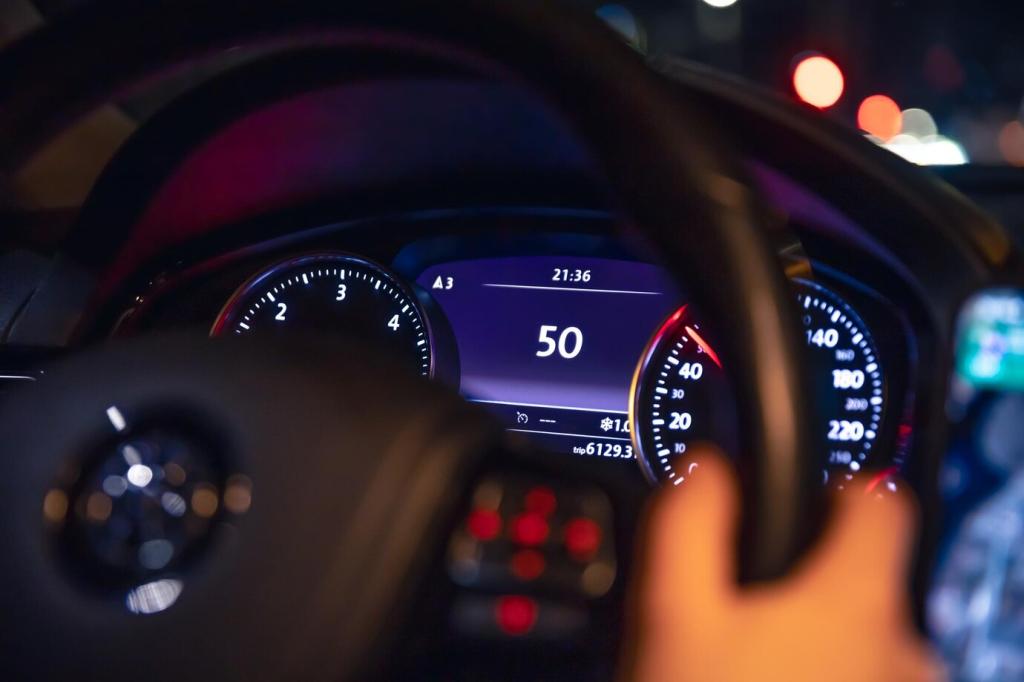Advanced Driver Assistance Systems Explained
Advanced Driver Assistance Systems, known as ADAS, represent a transformative evolution in automotive technology. They are designed to enhance driver safety, improve vehicle control, and provide a more comfortable driving experience. By integrating intelligent sensors, cameras, and software, ADAS not only alerts drivers to potential hazards but can also actively intervene in critical situations. This web page provides an in-depth look at the core concepts behind ADAS, explores its key technologies, discusses its impact on road safety, and examines the challenges and future directions in the advancement of these systems.

The Fundamentals of ADAS
The primary purpose of Advanced Driver Assistance Systems is to enhance vehicle safety by minimizing the potential for human errors, which are responsible for the majority of traffic accidents. By providing timely warnings, suggestions, or interventions, ADAS can assist drivers in recognizing and reacting more quickly to changing road conditions, obstacles, or distracted behaviors. This not only protects the vehicle occupants but also improves safety for other road users, such as pedestrians and cyclists.
Core Features in Modern Vehicles
Lane Keeping Assistance
Lane keeping assistance uses cameras and sensors to continuously monitor the position of the vehicle relative to road markings. If the system detects the vehicle beginning to drift out of its lane without the turn signal being activated, it alerts the driver through visual, audible, or haptic feedback. More advanced implementations can even provide gentle steering input to guide the vehicle back into its correct lane. This feature reduces the likelihood of unintentional lane departures, which are a common cause of highway accidents, thus making long drives and congested traffic conditions much safer and less stressful.
Collision Avoidance Systems
Collision avoidance is one of the most critical functionalities in Advanced Driver Assistance Systems. By using radar, lidar, and camera inputs, these systems constantly scan the road ahead to identify potential collision risks, such as stopped vehicles or sudden obstacles. Upon detecting a danger, collision avoidance systems warn the driver and can automatically apply the brakes or adjust steering to prevent or minimize the impact. This technology is especially beneficial in scenarios where a driver’s reaction time is delayed or their attention momentarily lapses, providing a crucial safety net that can save lives and reduce vehicle damage.
Adaptive Cruise Control
Adaptive cruise control elevates the traditional cruise control system by enabling the vehicle to automatically adjust its speed to maintain a safe following distance from the car ahead. Utilizing a combination of radar and cameras, the system detects changes in traffic flow and modifies acceleration or braking accordingly, ensuring a smooth and consistent driving experience. This feature is particularly useful during long-distance highway travel or in stop-and-go traffic, as it reduces driver fatigue and enhances safety by responding rapidly to changing traffic conditions, all while maintaining efficient and comfortable driving.
The Impact on Road Safety
Reducing Human Errors
Most road accidents occur due to mistakes or lapses in judgment by drivers. Advanced Driver Assistance Systems seek to address this critical vulnerability by continuously monitoring driver behavior and environmental factors. Through real-time alerts and corrective actions, such systems can intervene before a situation escalates into an accident. By augmenting the driver’s awareness and reaction capabilities, ADAS helps decrease the frequency and severity of crashes, making roads safer for everyone.
Preventing Rear-End Collisions
Rear-end collisions are among the most common types of road accidents, often resulting from inattentive driving or fluctuating traffic speeds. ADAS tackles this issue head-on by incorporating features like forward collision warnings and automatic emergency braking. These systems detect slowing or stopped traffic ahead and can alert the driver or apply the brakes autonomously if necessary. By reacting faster than human reflexes typically allow, ADAS greatly reduces the risk of such accidents and helps maintain smoother traffic flow during congested conditions.
Enhancing Night and Adverse Weather Driving
Driving at night or in poor weather significantly raises the risk of accidents due to reduced visibility and challenging road conditions. Advanced Driver Assistance Systems mitigate these risks through features like adaptive headlights, night vision cameras, and traction control. By detecting pedestrians, animals, or other obstacles that may not be visible to the naked eye, and by optimizing vehicle performance in slippery conditions, ADAS empowers drivers to navigate safely even when visibility is compromised or traction is limited.
